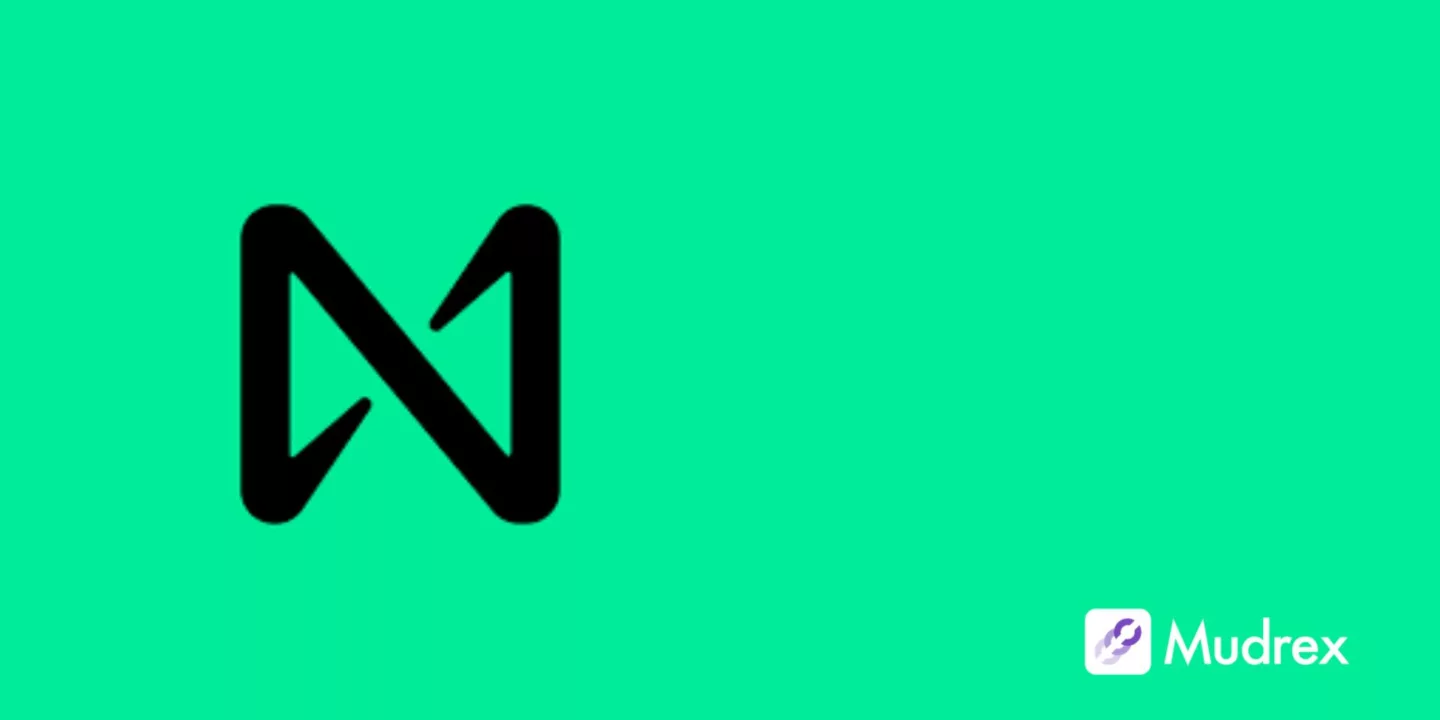
Near Protocol Explained
Near Protocol is a high-performance blockchain designed to be user-friendly, secure, and scalable. It aims to simplify the development of decentralized applications, known as dApps. They do so by offering a developer-friendly environment with easy-to-use tools. Near Protocol uses a unique sharding mechanism known as “Nightshade.”
It enables efficient data processing and guarantees high throughput without compromising on decentralization. Its focus is on interoperability, and it allows seamless integration with other blockchain networks. This makes it a versatile choice for the developers.
Additionally, it provides low transaction costs and fast processing speed, making it an appealing option for startups and established businesses looking to adopt blockchain technology.
Key Takeaways
- A brief intro to NEAR Protocol.
- What is NEAR Token?
- What are the advantages of NEAR protocol?
- What are the uses cases of NEAR Protocol?
What is Near Protocol?
Near Protocol is a decentralized and open-source blockchain platform. It aims to provide high performance, low transaction costs, and scalability by utilizing a unique consensus machine called “Nightshade.” The sharding approach enables Near to carry out large volumes of transactions efficiently.
The platform also emphasizes developer and user-friendliness. It features a simple interface, robust tools, and support for multiple programming languages. Near aims at making blockchain technology more accessible and scalable for widespread adoption throughout numerous industries.
How does Near Protocol Work?
Near Protocol is designed to offer high-speed transactions, low fees, and developer-friendly features. It operates on a proof of stake (PoS) consensus mechanism where the validators or nodes are opted based on the amount of Near token they stake. It guarantees decentralization and security.
Unlike traditional blockchains, Near utilizes a unique approach known as “sharding,” which enables the network to scale by splitting the blockchain into smaller parts or “shards.” Each shard processes transactions independently, which enables parallel processing, thus boosting throughput.
Near employs a mechanism called “Nightshade.” It is an advanced form of sharding that guarantees data security and efficiency. With Nightshade, validators work on different shards, and the results are integrated into a single block. It helps maintain the integrity of the blockchain without overloading any angle node.
Developers can build decentralized applications or dApps on Near using familiar programming languages, which makes them more accessible. In addition, Near has built-in tools for creating smart contracts, a user-friendly interface, and support for cross-chain interoperability, which enables communication with other blockchains. This focuses on a seamless user experience that promotes the adoption of blockchain technology by making it efficient, scalable, and effortless to develop.
What is a NEAR Token?
The NEAR Token is the native cryptocurrency of the NEAR Protocol. It caters to numerous purposes, including staking, transaction fees, and governance. Users can utilize NEAR tokens to pay smart contract operations and store data while the validators warm them as rewards for securing the network.
Additionally, token holders can participate in the platform’s governance by voting on protocol upgrades and changes. NEAR Protocol tiles unique sharding technology known as “Nightshade”, which enables it to process transactions quickly and cost-effectively, which makes it a competitive platform for decentralized apps or dApps.
Advantages of NEAR protocol
The following are the advantages of the NEAR Protocol.
1. Scalability
NEAR Protocol splits the blockchain into smaller segments or shards to handle more transactions simultaneously. This boosts scalability and enables the network to process thousands of transactions per second (TPS).
ALSO READ: Blockchain Trilemma Explained
2. Low Transaction Fees
Compared to other blockchains like Ethereum, NEAR offers cheaper transaction costs because of its effective sharding technology. Because of this, it is a desirable choice for consumers and developers searching for affordable solutions.
ALSO READ: How Blockchain transactions work
3. Developer-Friendly
NEAR Protocol offers a collection of tools and frameworks that make it easier to create decentralized apps (dApps). It was designed with developers in mind, and more developers may use it because it supports popular programming languages like AssemblyScript and Rust.
4. Fast Finality
Thanks to the protocol’s swift transaction finality, transactions are completed and verified in seconds. This guarantees a smooth user experience, particularly for apps that need real-time communication.
5. User-Friendly
To improve user accessibility, NEAR provides features such as account names accessible by humans rather than cryptographic addresses. It also makes onboarding easier by enabling users to create profiles using well-known techniques, such as social networks or email logins.
6. Eco-friendly
NEAR’s Proof-of-Stake (PoS) blockchain uses less energy than conventional Proof-of-Work (PoW) systems. This lessens the environmental impact of blockchain technology, making it a more sustainable choice.
7. Interoperability
NEAR’s cross-chain features enable it to establish bridge connections with other blockchains, such as Ethereum. This promotes broader ecosystem collaboration by making it easier for networks to share assets and data.
Prominent Use Cases of NEAR Protocol
The following are the prominent use cases of the NEAR Protocol.
1. Decentralized Finance (DeFi)
Several DeFi initiatives are powered by the NEAR Protocol, which makes transactions quick and inexpensive. It offers consumers fast, scalable, and safe financial solutions without the need for middlemen by supporting decentralized exchanges (DEXs), lending platforms, and yield farming.
2. Non-Fungible Tokens (NFTs)
The protocol enables developers to produce and exchange NFTs with fast transaction speeds and minimal costs. Because of this, NEAR is a well-liked option for digital art, gaming platforms, and collector markets where digital asset ownership and provenance are important considerations.
3. Decentralized Applications (DApps)
NEAR facilitates the creation of DApps in several sectors, including social media, gaming, and healthcare. Its developer-friendly environment makes it easy to create and implement applications that prioritize scalability and user experience.
4. DAO Platforms
NEAR makes the creation and administration of Decentralized Autonomous Organizations (DAOs) easier. These companies use smart contracts to provide community-driven decision-making, automated governance, and transparency.
5. Scalable Gaming Solutions
The protocol provides a user-friendly and scalable framework for games built on the blockchain. Without worrying about network congestion or expensive gas prices, developers can create games that need quick, smooth transactions, improving the overall gaming experience.
6. Cross-chain interoperability
NEAR’s Rainbow Bridge makes interoperability with other blockchain networks, including Ethereum, possible. This allows assets to move smoothly between chains, creating new opportunities for DeFi applications and projects in other ecosystems.
7. Open Web Development
By offering web3 project infrastructure, NEAR seeks to promote a more accessible, open, and user-owned internet. It assists programmers in creating apps that guarantee user ownership, transparency, and data privacy.
Conclusion
With scalability, minimal transaction costs, and environmentally friendly operations, NEAR Protocol is a unique and high-performing blockchain platform.
Thanks to its developer support and easy-to-use tools, it is the perfect option for creating decentralized apps in a variety of sectors, including DeFi, gaming, and NFTs. NEAR presents itself as a future-ready solution for broad blockchain adoption, with features like sharding, rapid finality, and interoperability that guarantee a smooth experience for both users and developers.
FAQs
1. What makes the NEAR Protocol different from other blockchains?
NEAR Protocol utilizes a unique sharding mechanism known as ’Nightshade’, It enables efficient data processing and high throughput without compromising decentralization. It provides low transaction fees, a developer-friendly environment, and fast finality with support for familiar programming languages, which makes it accessible for developers.
2. How does NEAR guarantee security and decentralization?
NEAR employs a Proof-of-Stake (PoS) consensus mechanism in which the validators stake NEAR tokens. This mechanism guarantees artwork security and decentralization by distributing control among numerous validators.
3. Can NEAR interact with other blockchains?
Yes, NEAR gestures cross-chain interoperability through its Rainbow Bridge. It enables seamless integration and asset transfer between NEAR and other blockchains.





